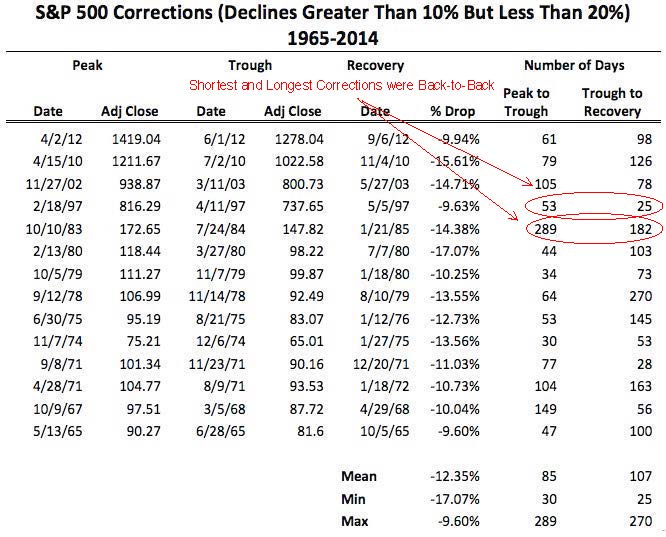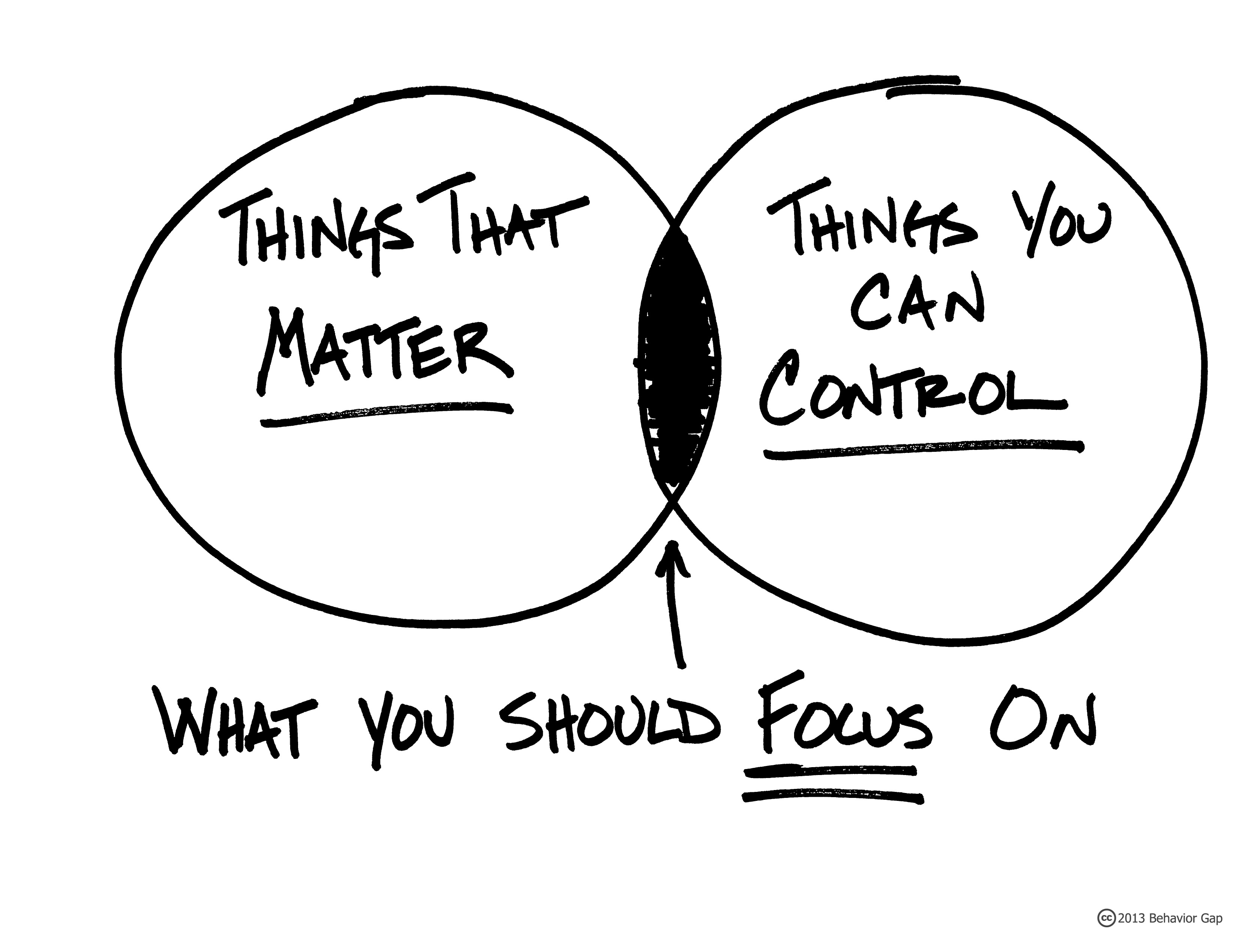
Accredited investors looking for stable, high-yield opportunities beyond traditional stocks and bonds are increasingly turning to direct lending and multi-family real estate investing. These alternative investment strategies offer strong risk-adjusted returns, diversification benefits, and long-term wealth-building potential.
Halloween is almost upon us and it seems the market is doing its part to spook investors. As a result, many people may experience higher levels of anxiety regarding their investments. We prepared the following commentary as part of our most recent quarterly update to our clients. We think it provides useful perspective.
Market Volatility
The global equity markets the past two quarters can be summed up in one word: volatile. As an example, in the US equity markets, after closing at a high of 18,312 on May 19th, 2015, the Dow Jones Industrial Average dropped over 11% to finish the quarter at 16,284. This means the market, as measured by this leading US-based index, as of the end of the quarter is now technically in correction territory.
What is a correction? A correction is when the market drops more than 10 percent from its highest point. For perspective, there have been over 120 corrections since the year 1900 (an average of almost 1 per year). A larger decline is known as a bear market. This is when the market declines by over 20 percent from its highest point, and has occurred approximately 32 time during this same time period (or one every 3.5 years).
Is this correction a concern? No. Markets are volatile. If they weren’t, the potential for significant returns wouldn’t exist. Fortunately, history has shown it may not take long for the market to recover after a correction. On average, it took a little over 3 and a half months (107 days) to recover from a correction:
Source: Wealthfront Inc.
Despite the relatively short time it takes to recover from a correction, many investors will run for the exits. The driving emotion is fear and results in a desire to avoid what they believe will be a more permanent and drastic decline in their portfolio value. This is precisely the wrong decision as illustrated below:
The volatility we’ve experienced recently is a good reminder as to why it is important to maintain a diversified portfolio. Often, the headlines will focus only on stocks or equity returns. This accentuates the most volatile asset class, while ignoring other asset classes that may be working in your portfolio.
As an example, despite the rather dull performance of bonds the last year and a half, we’ve seen US and International bonds hold up quite well during this last downturn. The chart below marks the returns of four asset classes since the Dow peaked on May 19th, 2015. The blue and green lines below represent US and International bonds as tracked by their corresponding Vanguard index funds (BND and BNDX), with their returns being slightly positive at +0.70%. The white line represents the Dow Jones Industrial Index at -11.01%. While the red line represents US real estate investment trusts as tracked be Vanguard’s US-based REIT index fund (VNQ) down -4.71%.
So What’s Ahead?
Currently, one of the bigger hurdles the US and global economy face is an increase in interest rates. The Federal Reserve, and it’s chair Janet Yellen, punted this last month on raising their key benchmark rate known as the Fed Funds rate. There is some belief that rates will rise in October. Although, a non-impressive jobs report in the US or other global macro-economic conditions may delay the decision further.
While some are concerned that rising rates will slow the economy, many others believe (as we do) that the sooner we “normalize” interest rates, the healthier the economy will be over the long-run. The current low-rate environment tends to hurt savers while encouraging risk taking. A better balance is needed.
As usual, there are many forces at work in the global economy. And while the headlines can grab your attention, there are only a few things we can control. While its tempting to believe we can predict what asset class or stock will move next and position your portfolio to maximize our exposure to such movements, this crystal ball simply does not exist. It’s times like these we try to remind ourselves of the following:
Global events and market activity are delivered to our homes, phones, and work desks on a minute-by-minute basis. It is tempting to react to every news bite and adjust our investments accordingly. However, the best way forward is to stay the course and remember what is important: your unique long-term goals, personal financial situation and individual characteristics. Managing to keep perspective can help you manage the anxiety.






